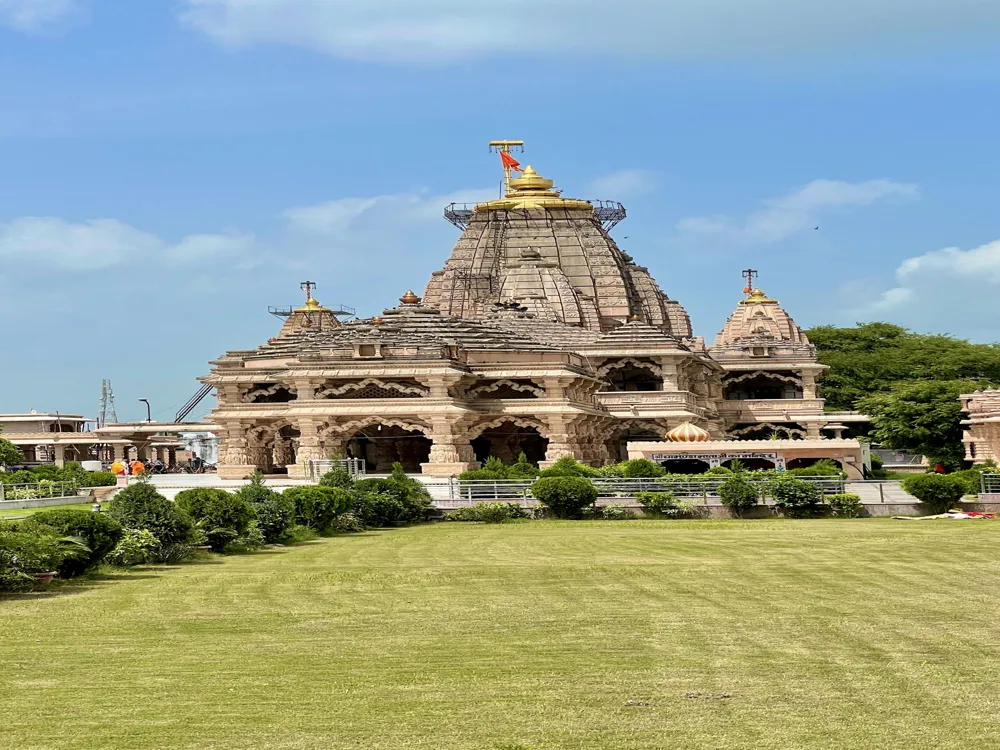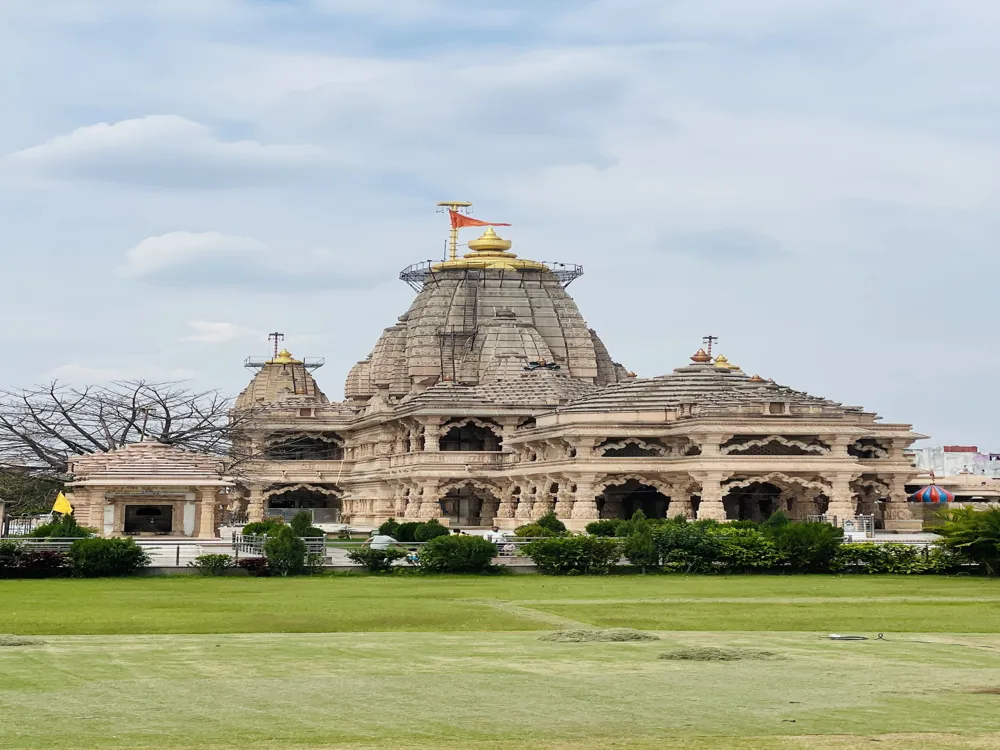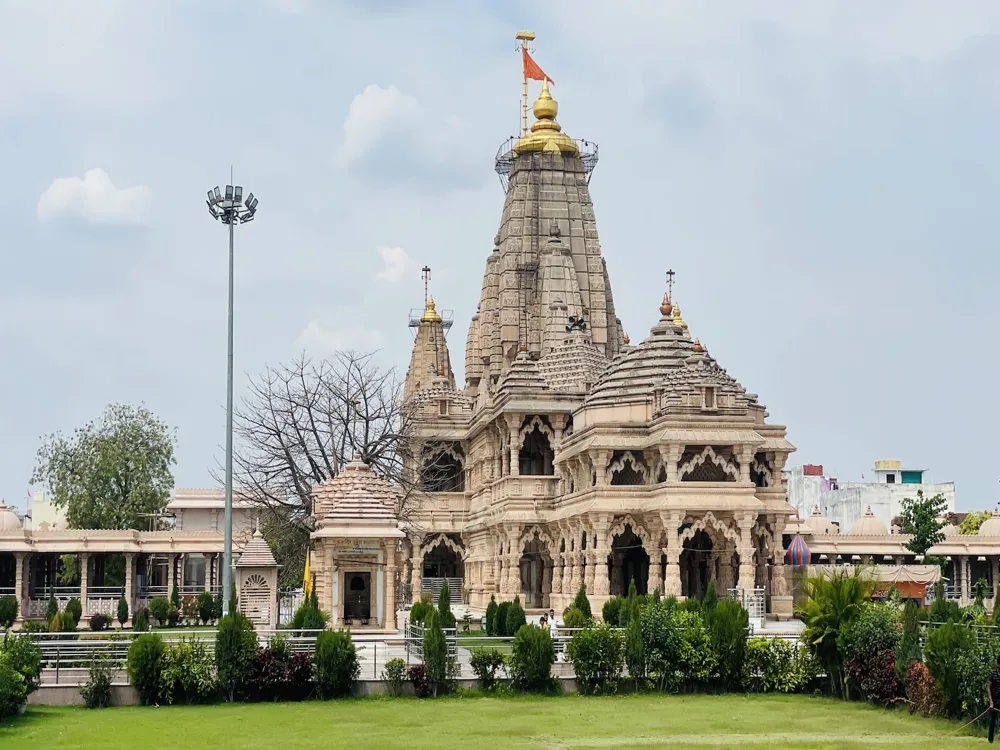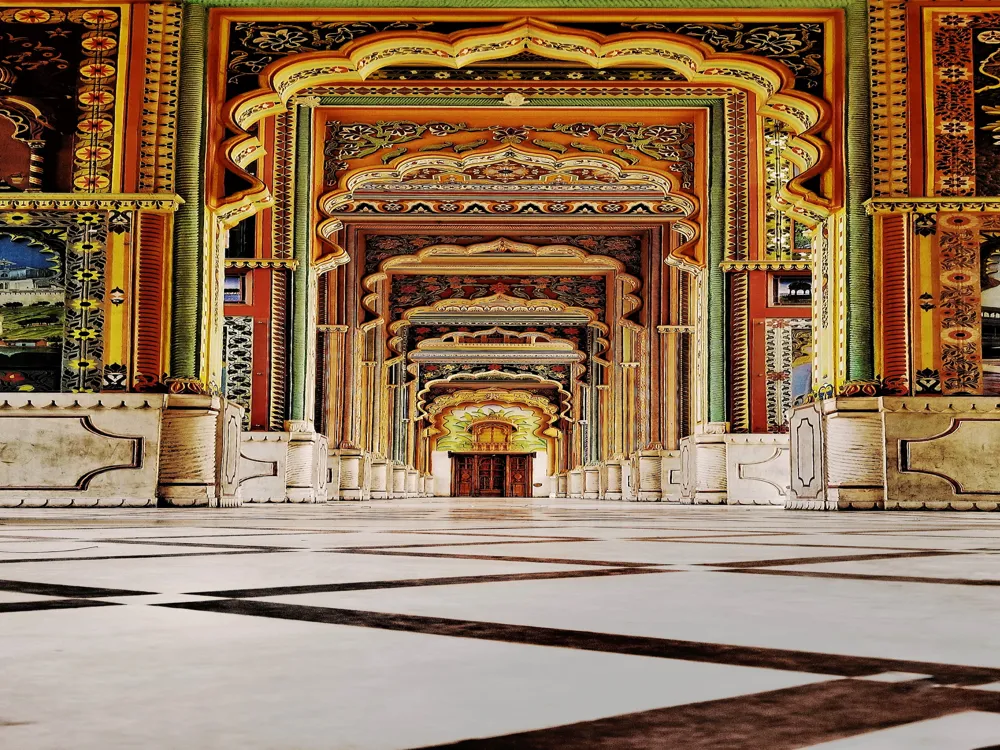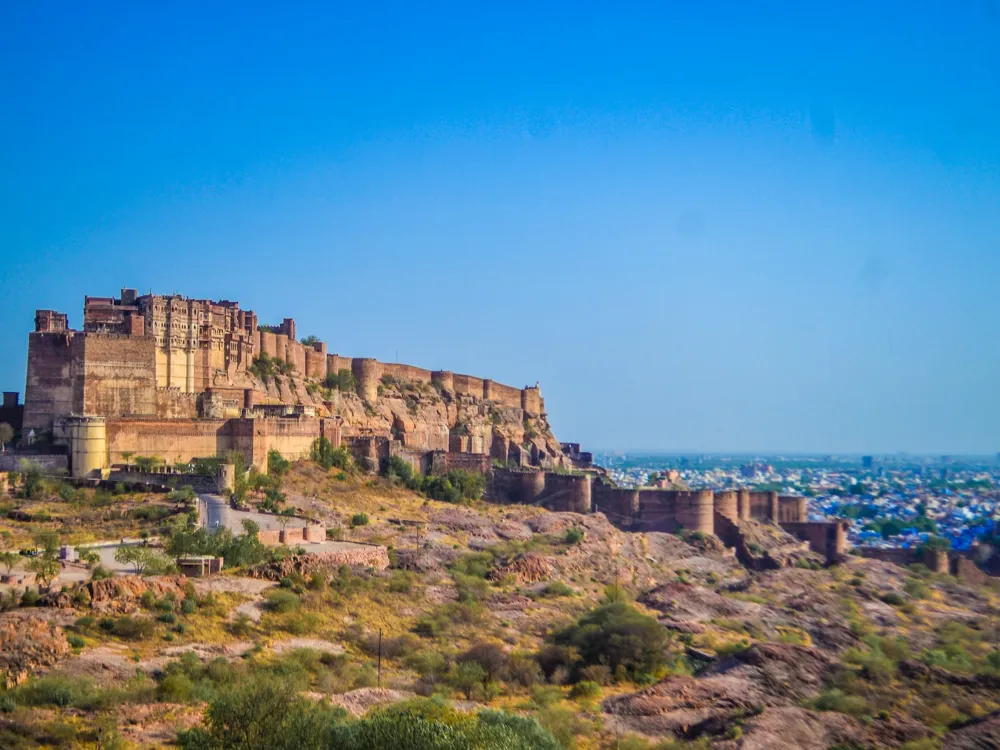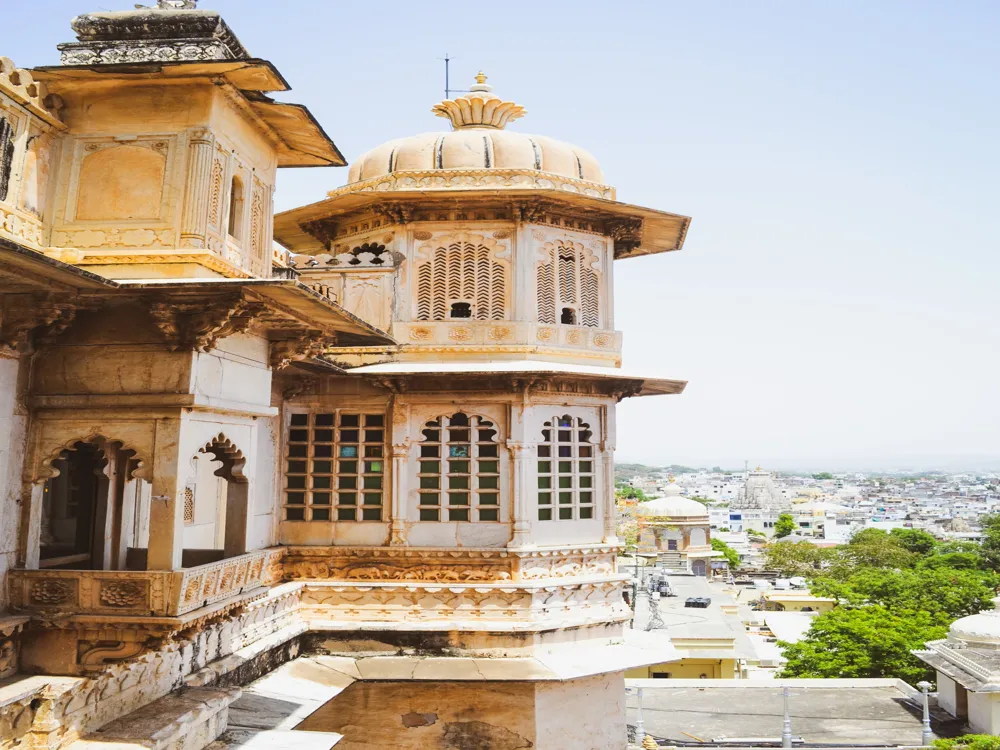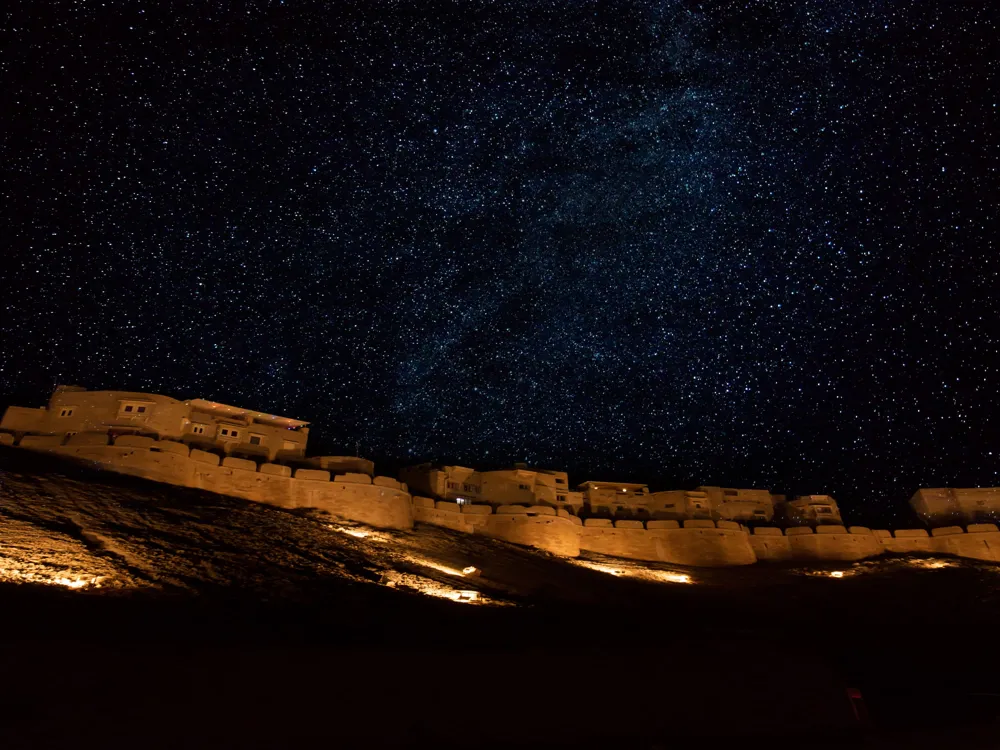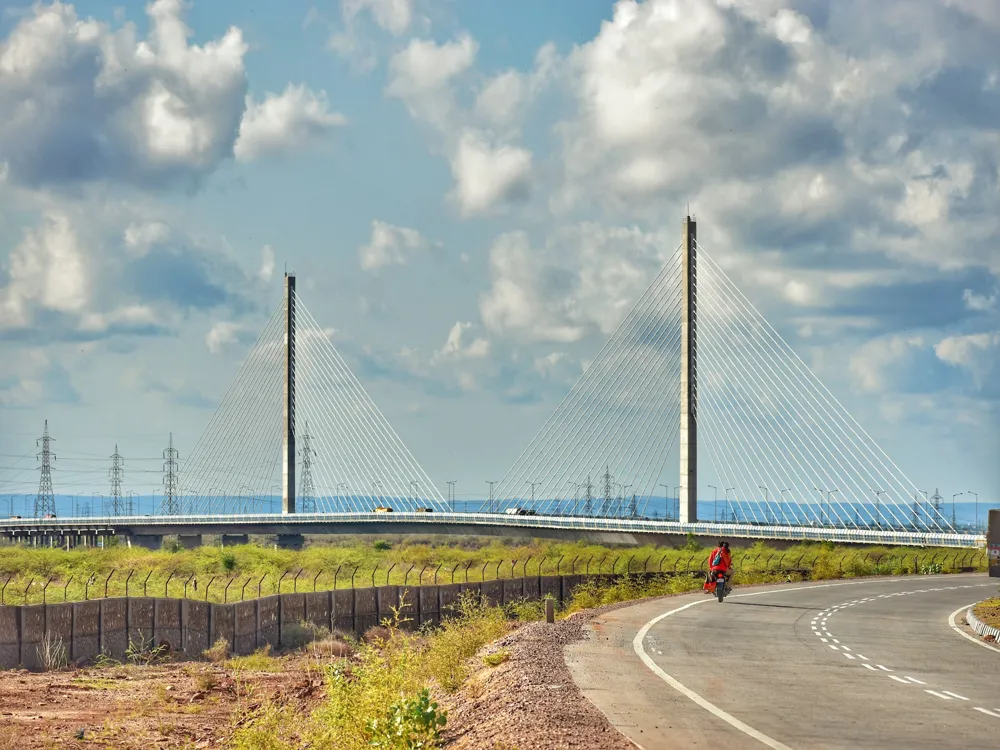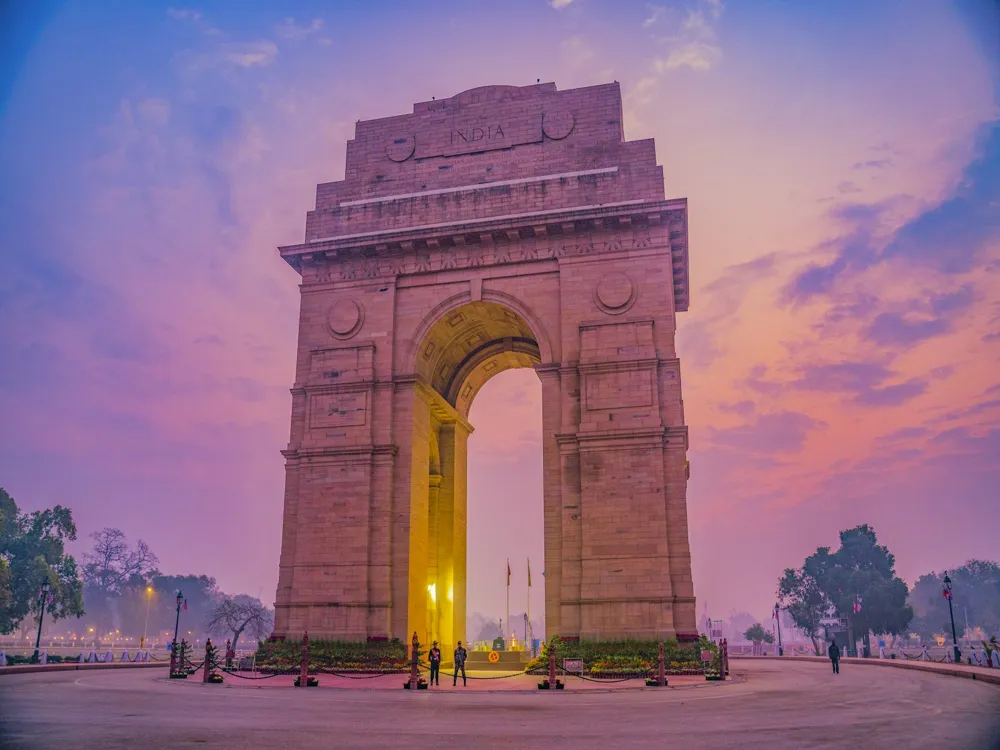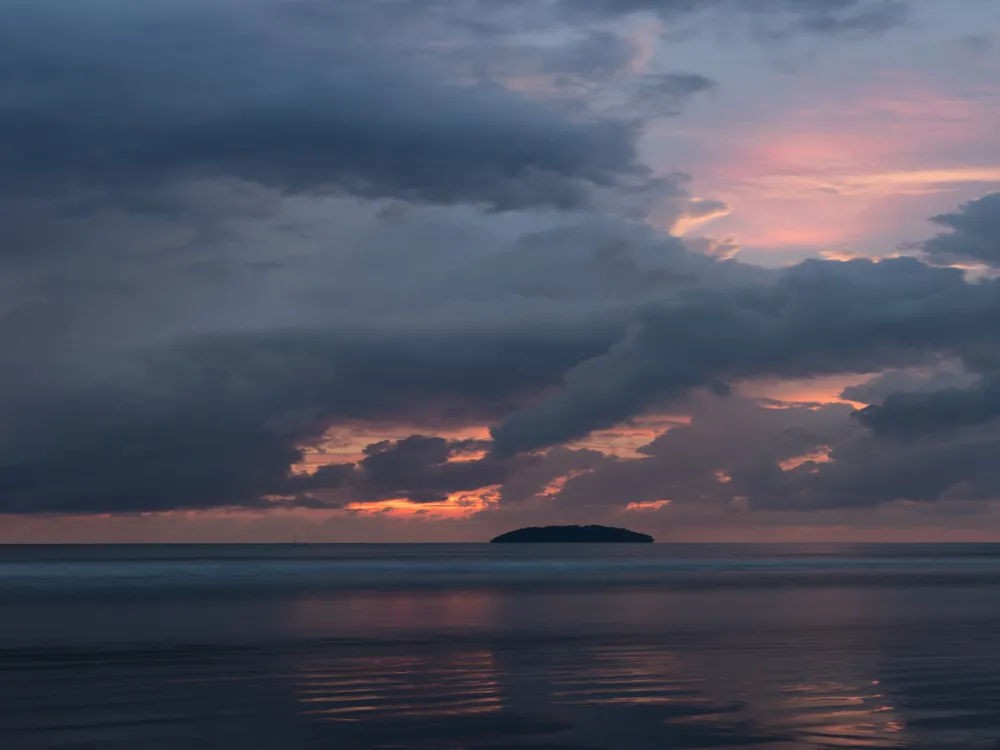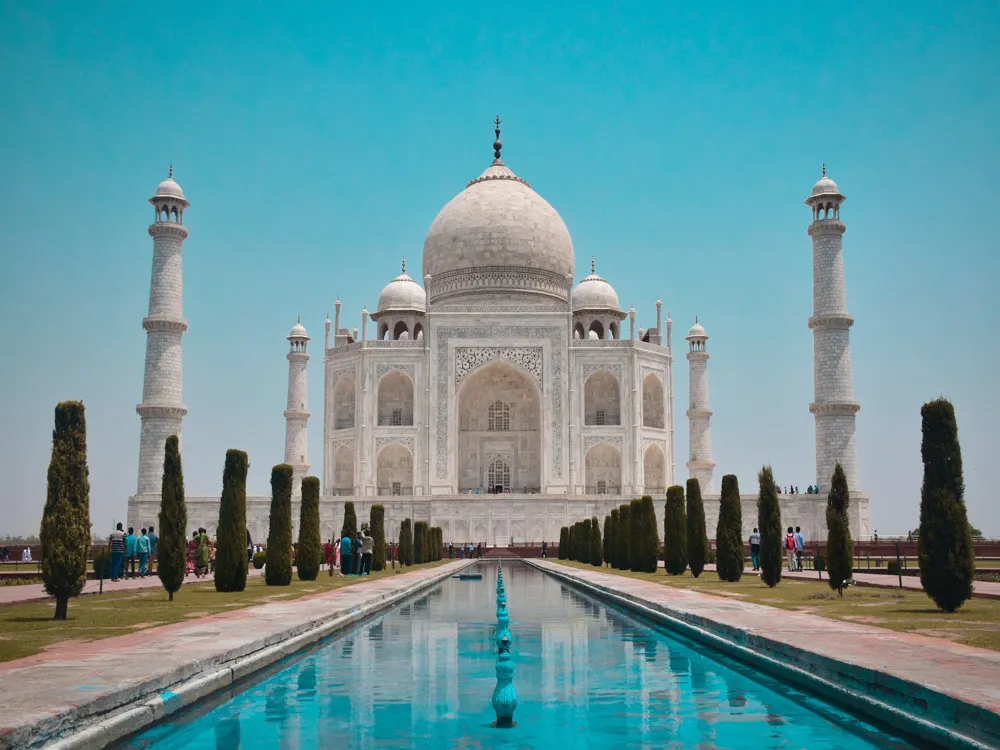Plan Your Travel To Chittorgarh
Places To Visit In Chittorgarh
Archaeological Museum
Archaeological Museum of Chittorgarh displays a valuable collection of artefacts belonging to the royalty of Chittorgarh. Located inside the Chittorgarh Fort, on the eastern end of the Banbir Ki Diwar, it is visited quite often by history and archaeology enthusiasts. The museum houses many artefacts from the Chittor Fort along with some ancient relics belonging to the Hindu and Buddhist Religions excavated a few years ago. Right from the entrance, the Archaeological Museum is bound to take one back to the past. The paintings, sculptures, apparels, weapons, coins, frescos, inscriptions and other metal and terracotta figures give a glimpse into the regal lifestyle of the Rajputs. The mighty Chittor Fort is a preferred spot for picnickers and visitors never miss the Archaeological Museum once they are here.
The glorious museum was built in the 19th century during the reign of Maharaja Fateh Singh. It was initially a part of the Fateh Prakash Palace which converted into a museum by the Government of India in 1968. The Palace architecture is an example of modern Indian form of construction and hence stands out from the other traditional forms seen in the fort premises. Archaeological Museum is, therefore, of great historical importance. Some of the artefacts are thousands of years old dating back to the Gupta and Maurya Dynasties, especially the Jain and Hindu relics recovered during excavations. There are Jain Temples and Buddhist Stupas also inside the fort premises. Everyone must visit this wonderful place where tourists can find traces of the Rajputana family under one roof.
Read More
Bassi Wildlife Sanctuary
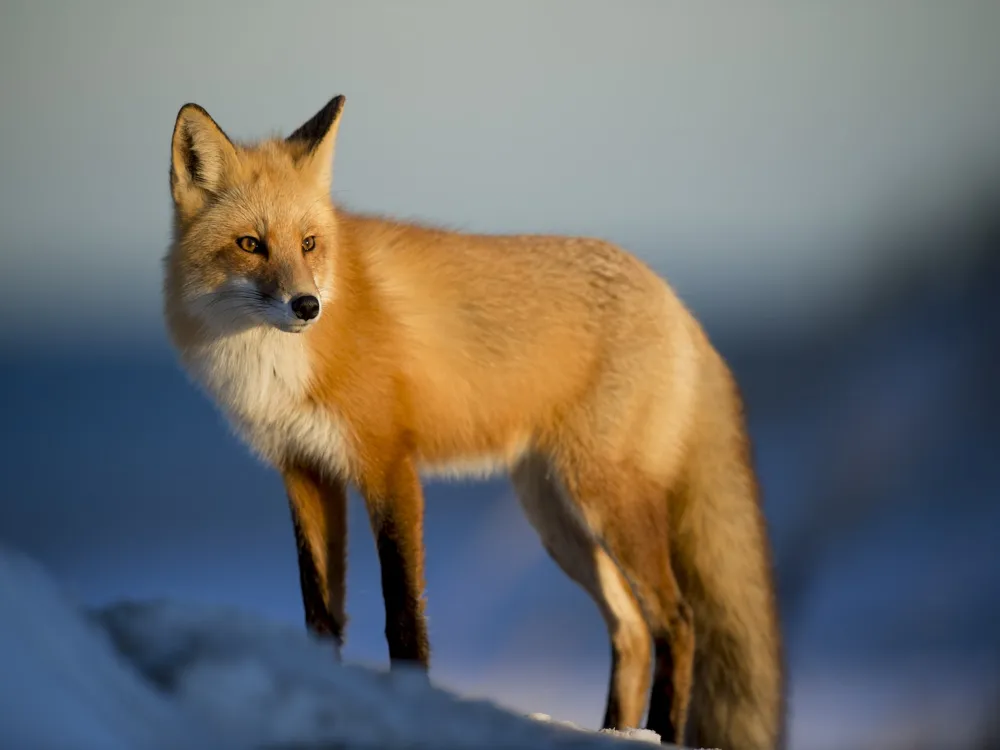
Bassi Wildlife Sanctuary is located in Chittorgarh, Rajasthan, barely 5 kilometres away from the Bassi Fort Palace and is an important natural reserve of the state. The sanctuary expands over an area of 150 square kilometres on the west border of the Vindhyachal Mountain Ranges and many water channels and lakes that are essential for the vegetation. It is home to a variety of flora and fauna in the region. The forest is dry deciduous and has trees like the Dhok, Churel, Butea along with a variety of medicinal herbs and flowering plants. Tourists can go on a jeep safari arranged by the forest officials. These safaris have a guide accompanying the visitors who can provide more information about the sanctuary. Bassi Wildlife Sanctuary is often visited by nature lovers and wildlife enthusiasts to study animals and birds in their natural habitat.
This wildlife haven was declared as a wildlife reserve in 1988 by the Government of India and has been open to the public ever since. The sanctuary is home to animals like Jackals, Hyenas, Cheetah and other wild cats, Wild Boar, Porcupine, Langur, Four Horned Antelopes, etc. Birdwatchers can spot and observe several birds like the Peacocks, Pigeons, Peafowls, Saras Cranes, Blue Bull, Lesser Whistling Duck, Cuckoo, Hawks, Eagles, Storks, etc. The sanctuary, therefore, is a famous location for wildlife photography that attracts photographers from all over the world. Tourists can also explore the Bassi and Orai Dams which are located near the sanctuary. The dam reservoirs are frequently visited by animals for drinking water. The Department of Forest doesn't allow camping in the region, however, there are no restrictions on photography. It is always advisable to read and follow the safari guidelines for safety reasons and not stroll unaccompanied in the regions traversed by carnivorous animals. The ones wanting to get closer to nature for a rejuvenating experience will find Bassi Wildlife Sanctuary a perfect escape.
Read More
Bhainsrorgarh Wildlife Sanctuary
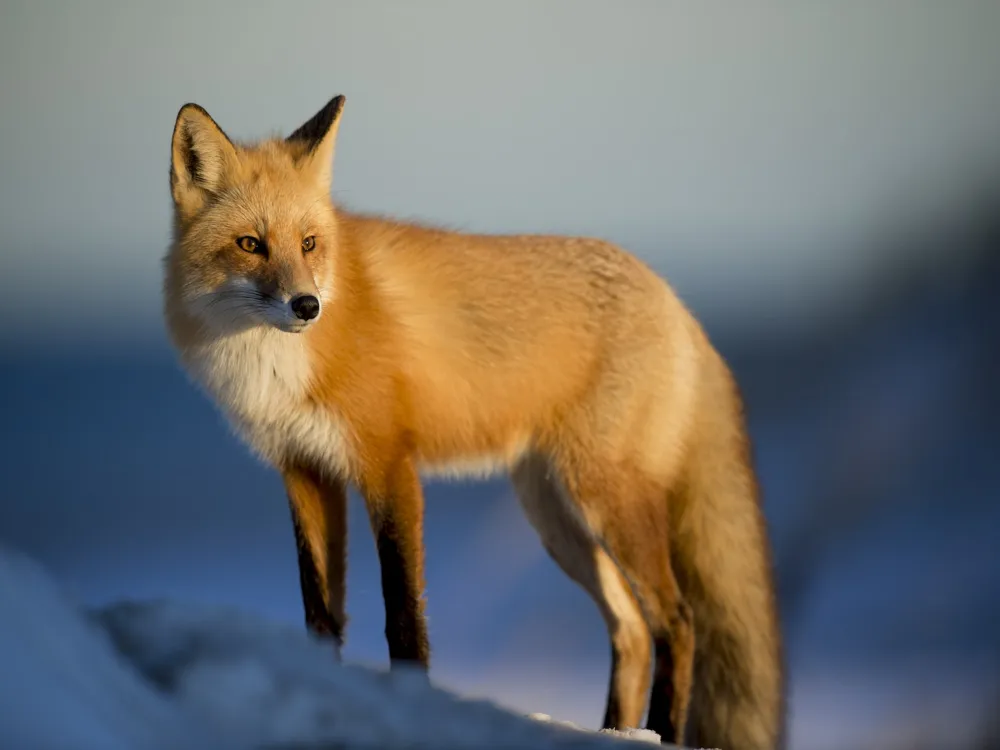
Bhainsroggarh Wildlife Sanctuary is located in the Aravalli Hills in Chittorgarh, Rajasthan. It is one of the most important and world-renowned wildlife sanctuaries in the state since it was declared so in 1983. It is situated near the convergence of the Bemany and Chambal rivers inside the premises of an ancient fort, Bhainsrodgarh Fort, in the town of Rawatbhata which is about 120 kilometres away from Chittorgarh. The scenic location is a perfect attraction for nature lovers and photographers. The wildlife sanctuary is home to a varied species of animals and birds that attracts wildlife and nature enthusiasts from the world over. Locals living nearby often visit the sanctuary for a quick getaway. The best time to explore the wildlife sanctuary is in the mornings as the tourists get the entire day to observe the surroundings leisurely.
The Bhainsrorgarh Fort was built by Rawat Lala Singh after he was handed over the property as a legal heir. The palace inside the fort has now been converted into a heritage hotel, and the sanctuary is open to the public. One can find Chinkaras, Fox, Hyenas, Deer, Jackals, Antelopes, Wild Boar, crocodiles, turtles, lizards, etc. along with local and migratory birds like Flamingos, Sarus Crane, Goose, Black-bellied Terns, Red-crested Pochards, Hawks, stocks, darters and Owls in the sanctuary. If one is lucky, they may also spot a fresh-water dolphin swimming in the confluence of the two rivers. Exploring the sanctuary is the best way to observe the wildlife in its natural habitat. During monsoons, the attraction is a real treat to the eyes when all tourists can see is lush greenery on the banks of the river which gushes at its own pace. Those seeking to escape and connect with nature ought to visit the Bhainsrorgarh Wildlife Sanctuary.
Read More
Chittorgarh Fort

Built by local Maurya rulers (often confused with imperial Maurya Rulers) in 7th century A.D, the Chittorgarh Fort in Rajasthan is one of the largest forts in India. The Chittorgarh Fort, plainly known as Chittor is spread majestically over a hill of 590 feet in height and is spread across 692 acres of land is a fine example of the popular Rajput architecture. The imposing structure of the fort has many gateways built by the later rulers of the Maurya clan. Chittorgarh Fort was previously the capital of Mewar and is now situated in the city of Chittorgarh. Chittorgarh Fort reverberates with tales of heroism and sacrifice and displays the Rajput culture and values in the real sense. Owing to its magnificent edifice, the Chittorgarh Fort was declared a UNESCO's World Heritage Site in the year 2013.
There is a long road of 1 km that leads to the Chittorgarh Fort and is quite steep. It is often considered to be the pride of the state as there are many historical sacrifices related to it. Chittorgarh Fort is also called the Water Fort as it had 84 water bodies once, but now there are only 22 of them left. The two major attractions of the fort are the towers Vijay Stambh and Kirti Stambh. Vijay Stambh refers to the tower of victory and the Kirti Stambh means tower of fame. The towers are illuminated in the evening and it looks even more beautiful. Apart from the towers, there are many palaces and temples within the premises of the fort, most notable being Meera Temple.
Read More
Fateh Prakash Palace

This palace of Chittorgarh takes Rajput grandeur to a new level. The architecture is splendid, and the layout fantastic.
There are a number of corridors and a rich display of Rajasthani paintings, the presence of a large variety of crystal artifacts also indicates the King's love for it. Now, a large part of the fort has been converted into a museum and the royal crystal items take up a large part of the display.
Gau Mukh Kund

Located within Chittorgarh fort, the Gomukh Kund is also known as "Tirth Raj'' of Chittorgarh because whenever pilgrims and devotees go on the tour of different Hindu spiritual places, then they come to Gomukh kund for completion of their holy journey after returning back.
Gau Mukh literally means mouth of cow and it has been named so because the water flows from the cow mouth shaped point. Natural environment with lush green plants and flowing water is what makes this place even more attractive.
Read More
Kalika Mata Temple
It is one of the most important temples of Chittorgarh and the city's tour isn't complete without a visit to this temple. The splendid sculpture of the temple is what attracts most tourists.
It is dedicated to Kalika an incarnation of Goddess Durga. The entire temple, built on a platform, boasts of Prathira architectural style. The ceiling, pillars and gates all have intricate designs. Even though the temple is partially in ruins, one will still marvel at its architectural credibility.
Read More
Kirti Stambh
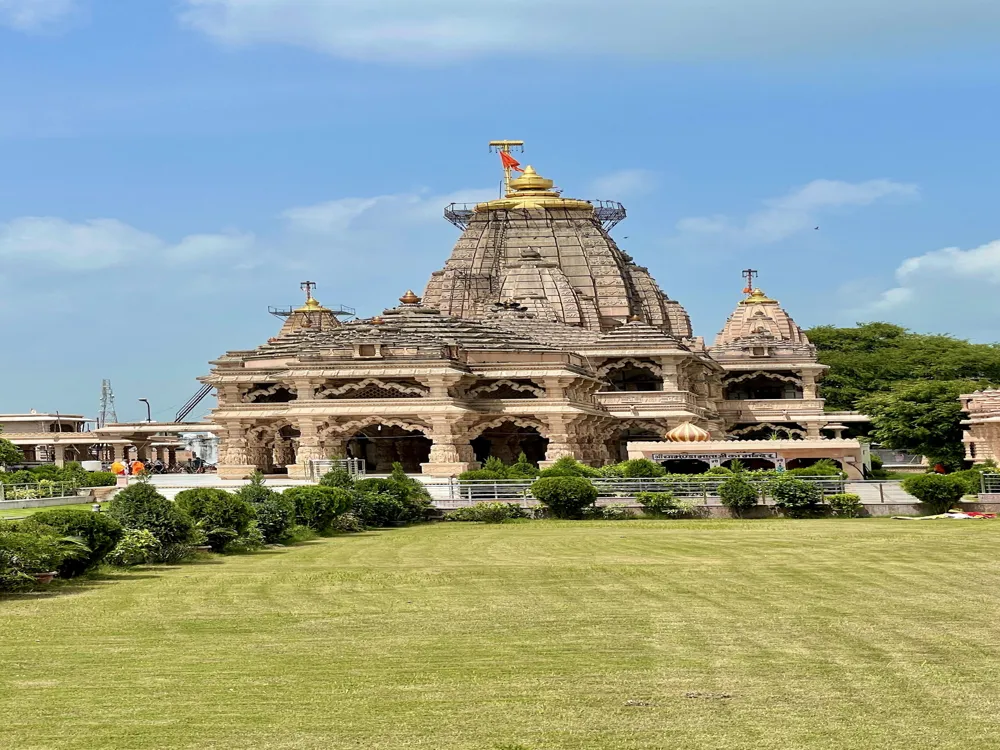
Built in the 12th-century, Kirti Stambh is situated inside the Chittorgarh Fort, Rajasthan. The 22 meters tall tower was constructed by a Jain merchant, Jeeja Bhagerwala during the rule of Rawal Kumar Singh, to glorify Jainism. The tower contains figures from the Jain pantheon, and hence, Kirti Stambh is considered a major Jain pilgrimage by many Jainism followers.
Kirti Stambh also goes by the name, the Tower of Fame. It is dedicated to the first Tirthankara, Rishabha. Famous for its intricate carvings of the Digambar sect, this seven storeyed tall tower has marvellous statues of Sri Adinatha. They are carved on the four corners of the Stambh along with figures of various Jain saints, making it more fascinating. The tower personifies Solanki Style of Architecture at it's best. Visiting the Stambh not only gives you a chance to read the pages of history but also makes you a spectator of a great view.
Read More
Maha Sati
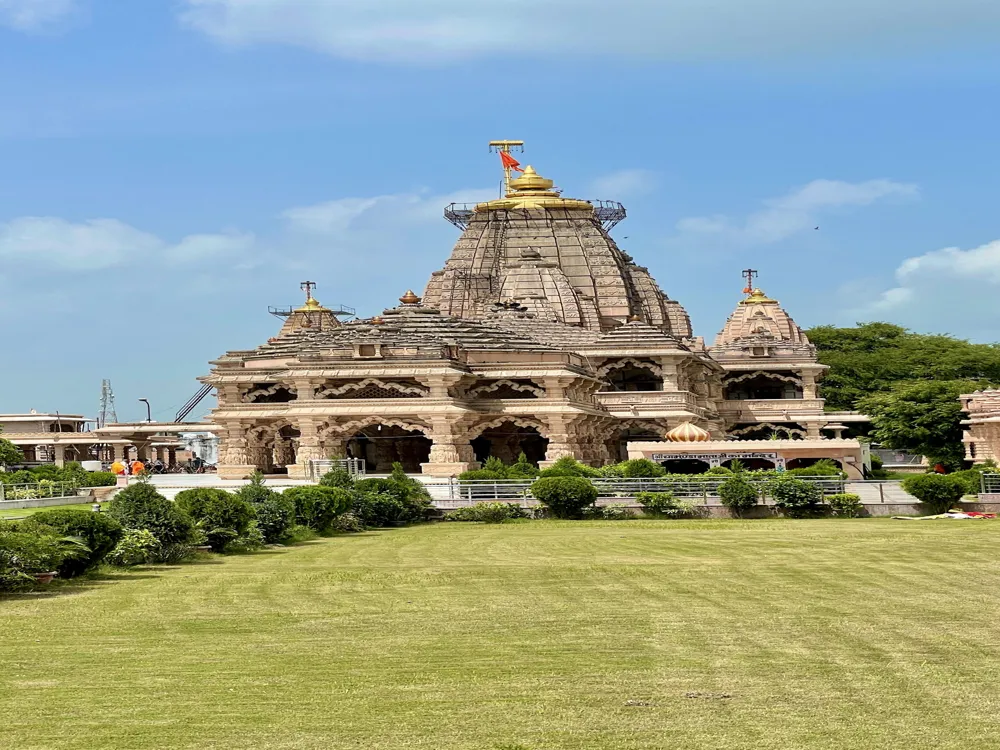
About 110 km away from Chittorgarh, this is the sacred place where Udaipur Rulers used to be cremated.
This beautiful structure, glistening in the sun attracts tourists also because of a water reservoir which it believed to have the waters of Ganges emerging from it. The Ahar Cenotaphs have 19 chhatris to commemorate the 19 Kings who were cremated here. In all, there are more than 250 cenotaphs here.
Meera Temple
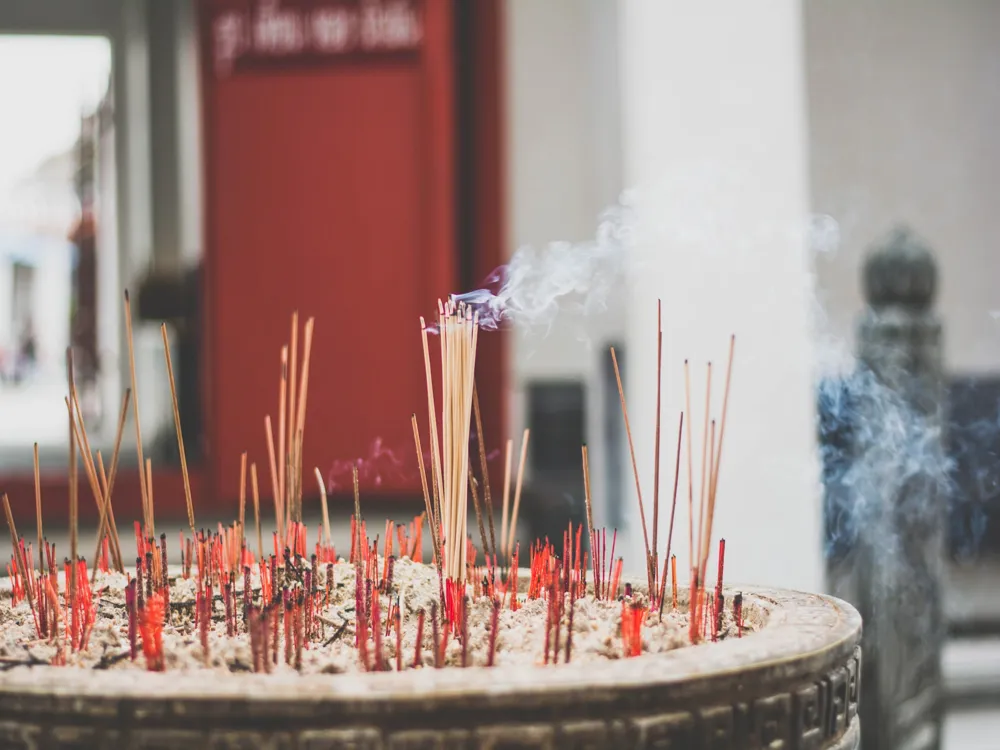
Meera Temple or Meera Bai Temple located in the premises of Chittorgarh Fort is dedicated to Meera Bai who was a Rajput Princess. The striking temple was constructed by Maharana Kumbha, the Rajput king during his rule, making it both a historical and religious attraction. As soon as one enters the place of worship, they are bound to feel immense tranquillity and happiness. The divine vibe of the temple is unexplainable but touches every soul offering their prayers here. Visitors choose to sit quietly, meditate and reflect upon their life goals often here and many find a direction in life. As one explores the scintillating site, they will notice the intricate carvings on the walls and the pillars that add to the ethnic charm of the monument. These carvings depict stories about Meera Bai, Lord Krishna and their sacrifices for each other.
Built during the reign of Rana Kumbha, this glorious site is where Meera Bai had given up her royal lifestyle to live as an ardent devotee of Lord Krishna. She, later on, was also known as a poet and a saint. This majestic temple is an important place of worship for the Hindus as Meera Bai has written and composed several Bhajans and poems dedicated to Lord Krishna here. Visitors are captivated by the tales of Meera Bai's love and affection towards Lord Krishna and how she lived the life of a sage with complete dedication. The temple is a monument that keeps India connected with the rich culture of Rajasthan.
Read More
Chittorgarh Travel Packages
View All Travel Packages Chittorgarh
Nearby Places Chittorgarh
Browse Package Collections
Browse Hotel Collections









